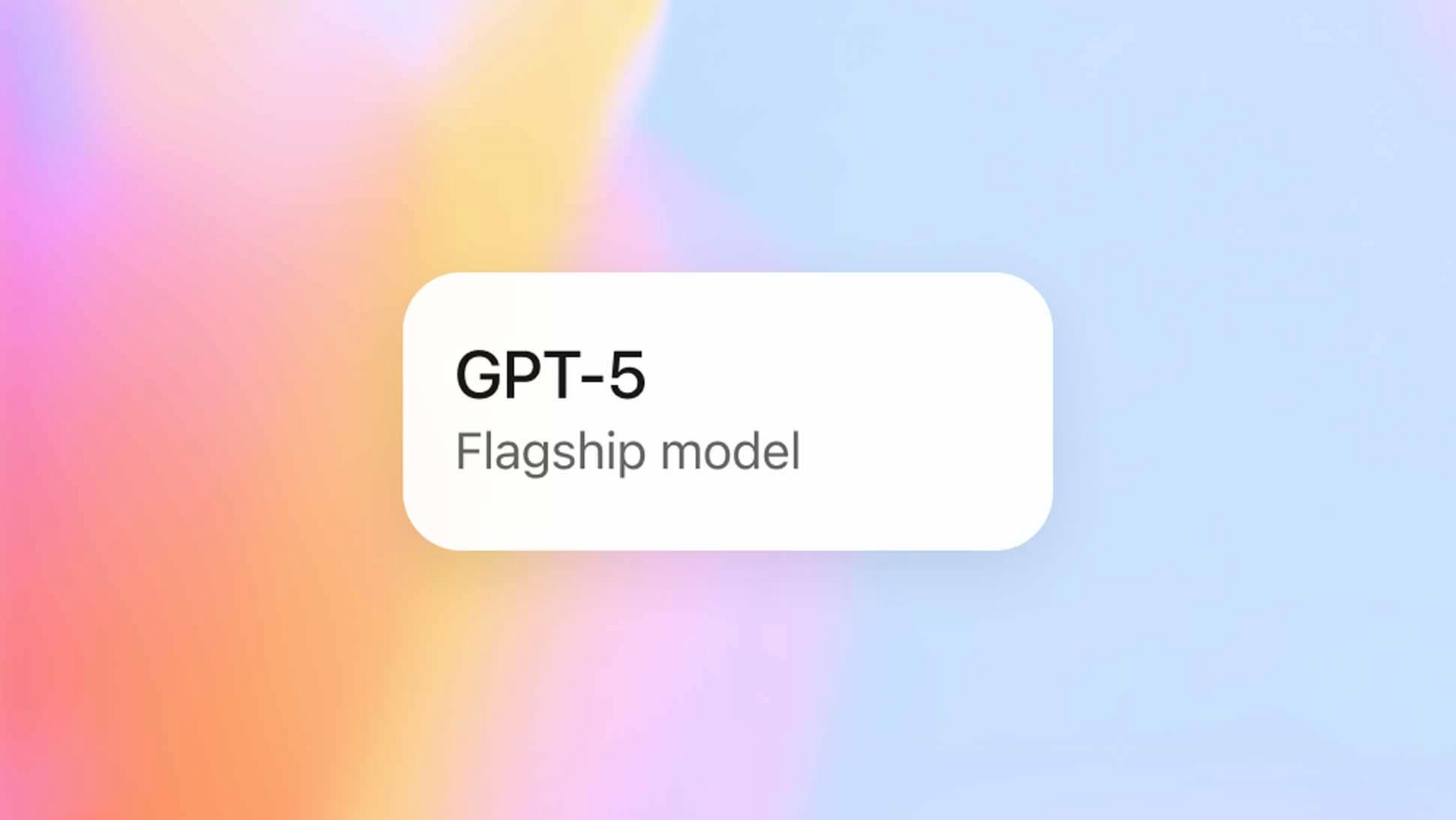OpenAI Unleashes GPT-5: A New Era of AI Capabilities Begins
The wait is finally over. OpenAI has officially launched GPT-5, their latest and most advanced AI system, marking a significant leap forward in the capabilities of large language models. Unveiled on August 7, 2025, this new iteration is already rolling out to users worldwide, promising a more intelligent, accurate, and versatile experience. Honestly, I've been waiting for this, and it feels like a genuine step change, not just an incremental update.
This isn't just a quiet upgrade; it's a full-scale deployment. GPT-5 is now the default model for ChatGPT across all tiers – from the free version to Plus, Pro, and Team subscribers. Enterprise and Education users can expect access within the next week. Given ChatGPT's massive user base, approaching 700 million weekly active users, this rollout is a monumental undertaking, and it's happening right now.
Under the Hood: What Makes GPT-5 Different?
So, what exactly are we getting with GPT-5? OpenAI is positioning it as their "best AI system yet," and early indications suggest they're not just blowing smoke.
Enhanced Core Competencies
Beyond code, its general reasoning abilities have seen a significant boost. This translates to better problem-solving, more coherent long-form content generation, and a deeper understanding of user intent. OpenAI also claims a "broader knowledge base," which means fewer instances of the model hitting a wall on obscure topics. And that's a big deal, isn't it? For anyone who's used these models extensively, you know how frustrating it can be when they just don't quite grasp what you're asking.
Tackling Hallucinations and Boosting "EQ"
Interestingly, OpenAI also highlights an improved "EQ" or emotional quotient. This isn't about the AI feeling emotions, of course, but about its ability to understand and respond to the nuances of human language in a more natural, empathetic way. This leads to more fluid and less robotic interactions, which, frankly, makes using it a lot more pleasant.
Multimodal Capabilities and Future Horizons
While GPT-5 brings significant enhancements, it's important to note its current multimodal capabilities and what's still on the horizon.
Industry Implications and the Democratization of AI
The launch of GPT-5 isn't just big news for individual users; it has profound implications for the broader AI industry.
This move aligns with a clear trend in 2025: AI companies are intensely focused on demonstrating a tangible return on their massive investments.
What's next? We'll be watching how quickly the enterprise and education sectors integrate GPT-5, and how the promised future multimodal features evolve. The AI landscape is moving at a blistering pace, and GPT-5 just set a new benchmark.
